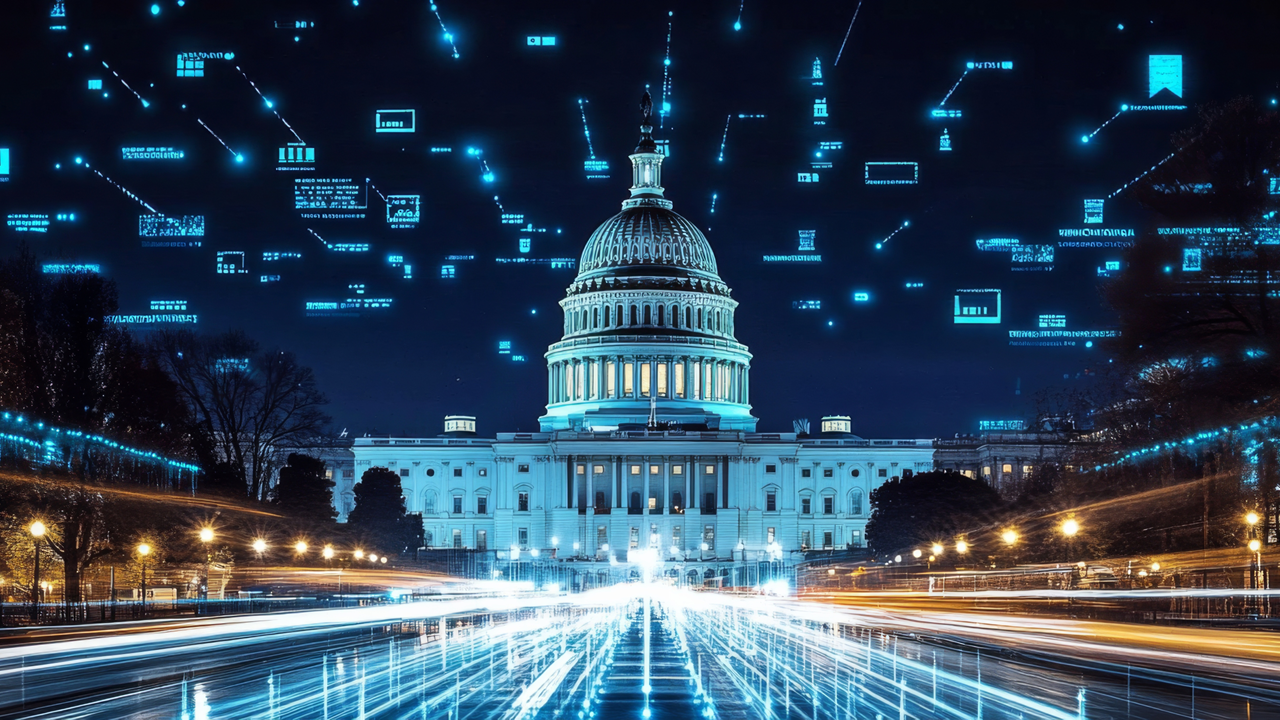Everyone now knows that government spending results in monetary debasement. Inflation is the siren of poor fiscal and monetary policy. Since the purpose of government is to serve its people, the greatest resource a government has is its people.
There are 55 million crypto users in the United States. Many are single issue voters. GovFi can revolutionize the way governments operate by leveraging decentralized infrastructure to align incentives between state and federal agencies and citizens. By rewarding citizens for completing government tasks through crowdsourcing, a new social layer of society develops. GovFi offers a new model through web3 and AI agents that reduce bureaucratic inefficiencies, cut government spending and raise productivity which leads to sound monetary policy.
Traditional government agencies are supported through taxation and borrowing. As evidenced by the work undertaken by the Department of Government Efficiency, (“DOGE”), these centralized agencies are plagued with inefficiencies, waste, fraud and abuse. The reasons why can be discussed in another series of articles.
GovFi addresses these issues by supplementing costly centralized taxpayer funded agencies with decentralized networks where citizens complete tasks in exchange for rewards. This model also shifts the direction of the flow of value from bloated government structure to its people. It reduces reliance on borrowing and on taxpayer-funded government agencies and instead creates a productive ecosystem where compensation is based on verified contributions. It can also raise the reliability of public opinion.
Reducing Government Spending and Balancing Budgets
GovFi represents the financial transformation of the government. By decentralizing tasks such as evidence gathering, data collection and verification, state and federal governments can significantly lower their operational expenses which can lead to lower taxation and borrowing. Instead of allocating billions of dollars annually to maintain government agencies, GovFi redistributes wealth back to the people.
This efficiency-driven model directly contributes to balanced budgets. Instead of increasing taxes and borrowing to fund expanding government agencies, policymakers can leverage GovFi to empower the people and streamline expenditures.
Reversing Taxation and Borrowing
One of the most compelling aspects of GovFi is its potential to shift the financial relationship between governments and citizens. Instead of one way taxation to sustain government, GovFi allows voters to earn income by participating in government functions. As the government becomes more efficient, it earns profits that allow it to stop borrowing and pay down its debt. To the extent it can pay down debt is the extent that it can make room for programs that empower people. GovFi may be a way to avoid using taxpayer dollars for social programs.
ICERAID: Crowdsourcing Intelligence Gathering
ICERAID can be key infrastructure in the GovFi ecosystem. It is also the simplest demonstration and can be understood by many. ICERAID – “Intelligence Crowdsourcing and Engagement Rewards for American Intelligence and Defense”, a Solana based protocol which leverages AI and blockchain technology to decentralize and crowdsource the collection and validation of eight categories of criminal evidence. Simply put, ICERAID enables citizens to earn rewards that offset the taxes they pay every year. This is the promise that GovFi offers.
This aligns with the GovFi mission of reducing government inefficiencies and enabling a more cost-effective, results-based incentive system with huge potential social effects by empowering people.
Partisan Opposition
Those who oppose government efficiency are obviously dependent on its inefficiencies and susceptibility to misappropriation. Platforms like ICERAID enable citizens to take an active role in an incentivized digitally perfected democracy.
GovFi can foster greater civic engagement, verify public opinion and reduce the need for conventional taxation and borrowing. Opposition to such increased efficiencies raises questions about motive.
